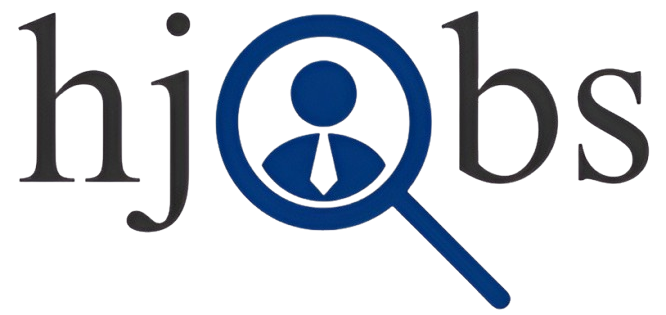Data Analyst Full Course for Beginners | Part 4: Charts
What Are Charts?
Charts are visual representations of data that simplify complex information, making it easier to understand. By turning numbers or textual data into graphical formats, charts allow us to grasp patterns, trends, and comparisons at a glance without diving into lengthy tables or reports. They are indispensable tools in business, education, research, and everyday communication.
Why Do We Use Charts?
Charts are essential for many reasons:
Simplifies Complex Data: Instead of sifting through rows of numbers or long paragraphs, a chart can convey the same message in a few seconds.
Example: A bar chart can instantly show which product sells the most without needing detailed explanations.
Reveals Trends and Patterns: Charts highlight relationships and changes over time.
Example: A line chart can demonstrate whether a company’s revenue is increasing or decreasing.
Enhances Decision-Making: By presenting data visually, charts support informed decisions by highlighting key insights.
Saves Time: Charts cut down the time required to analyze data, making them ideal for presentations and quick reports.
Common Types of Charts
Each type of chart serves a specific purpose. Below are some popular types and their uses:
1. Bar Chart
Definition: A bar chart represents data using rectangular bars, where the length or height of the bars indicates the value of the data.
Uses:
Comparing categories, such as sales figures for different products.
Highlighting differences in quantities.
Horizontal vs. Vertical Bars:
Horizontal bars are ideal when category names are long.
Vertical bars are better for time-based comparisons, like monthly sales.
Bar Chart vs. Column Chart
Bar Chart: Bars are horizontal.
Column Chart: Bars are vertical.
Key Difference: Horizontal bars are more suitable for space-saving and readability, while vertical bars are often used for trends.
2. Pie Chart
Definition: A pie chart divides data into slices of a circle, showing percentages or proportions of a whole.
Uses:
Visualizing parts of a whole, like market share distribution.
Understanding contributions of categories to a total.
Limitations:
Not ideal for comparing too many categories.
Differences between similar-sized slices can be hard to interpret.
3. Line Chart
Definition: A line chart connects data points with lines, showing trends over time.
Uses:
Monitoring performance, like stock prices or website traffic.
Identifying upward or downward trends.
Advantages:
Simple and clear for showing continuous data.
4. Scatter Plot
Definition: A scatter plot displays data points on a graph, showing the relationship between two variables.
Uses:
Analyzing correlations, such as the relationship between hours studied and exam scores.
Spotting outliers or unusual patterns.
Example:
If dots cluster together, it suggests a strong correlation.
If dots scatter randomly, it indicates no correlation.
5. Histogram
Definition: A histogram resembles a bar chart but groups data into ranges or intervals.
Uses:
Understanding distributions, like age groups of a population.
Highlighting frequency, such as how often a value occurs.
Key Feature:
The bars touch each other, emphasizing continuous data.
6. Area Chart
Definition: An area chart is like a line chart but fills the area under the line with color.
Uses:
Showing cumulative data over time.
Comparing multiple data series.
Example:
Visualizing total sales from different regions stacked together.
How to Choose the Right Chart
Choosing the right chart depends on the type of data and the message you want to convey:
Comparison:
Use bar charts for comparing categories.
Use column charts for time-based comparisons.
Proportions:
Use pie charts for showing parts of a whole.
Trends Over Time:
Use line charts or area charts to visualize changes.
Relationships:
Use scatter plots to find correlations.
Distributions:
Use histograms to analyze frequency or grouping.
Real-Life Applications of Charts
Business: Charts help monitor sales, forecast growth, and make strategic decisions.
Example: A company can use a bar chart to see which product line performs best.
Education: Students and teachers use charts to visualize academic performance and study patterns.
Example: A line chart can track student progress over semesters.
Healthcare: Charts are used to track patient vitals, disease spread, or medical research data.
Example: A histogram can display age distribution for a specific health condition.
Personal Use: From budgeting to tracking fitness goals, charts simplify day-to-day analysis.
Example: An area chart can show monthly expenses across categories.
Conclusion
Charts are powerful tools that transform raw data into meaningful visuals. Whether you’re a student, professional, or casual learner, understanding the types and uses of charts can help you communicate ideas effectively, make better decisions, and save time. Start exploring charts today to bring clarity and creativity to your data storytelling journey!
